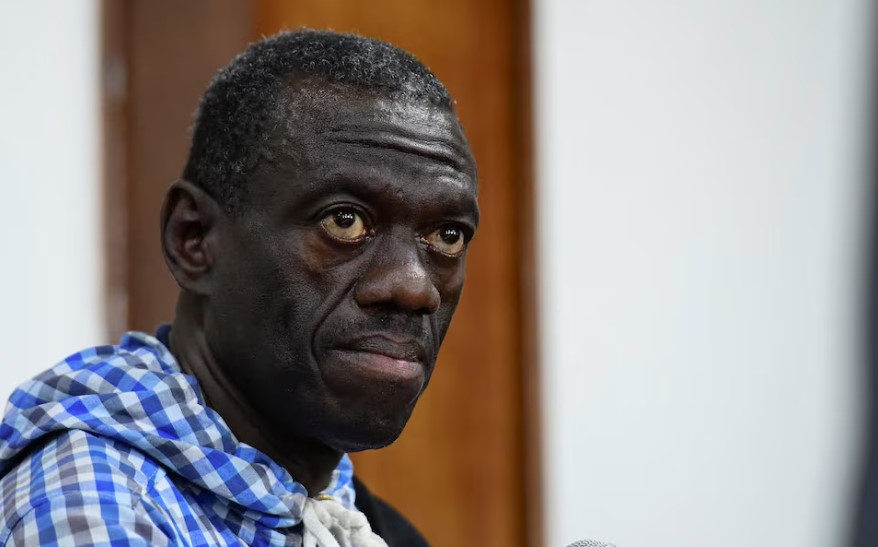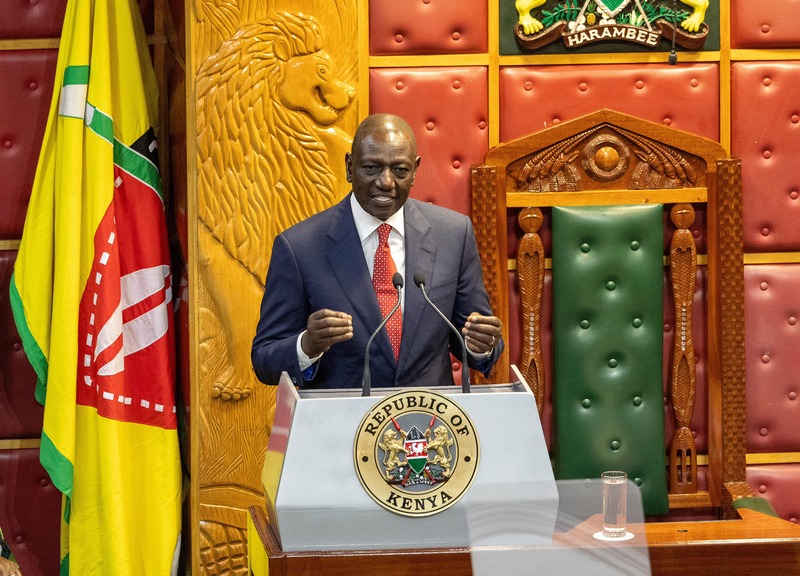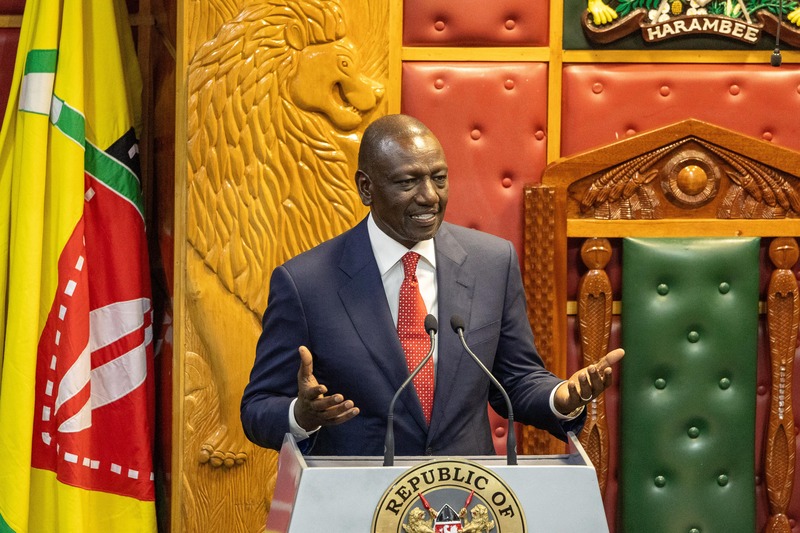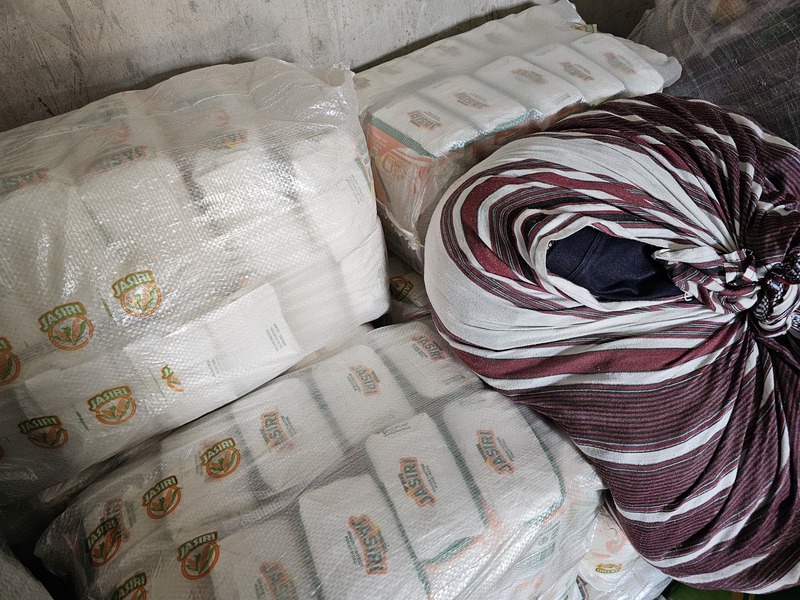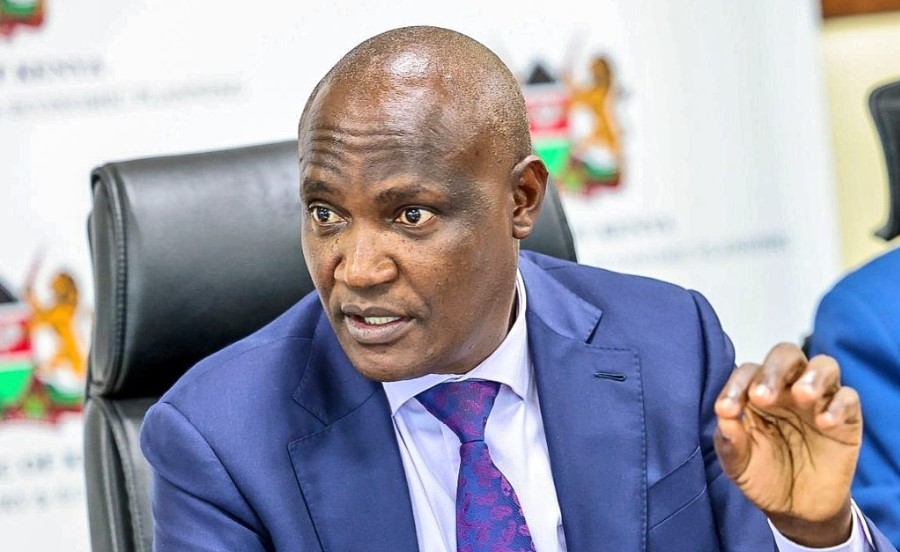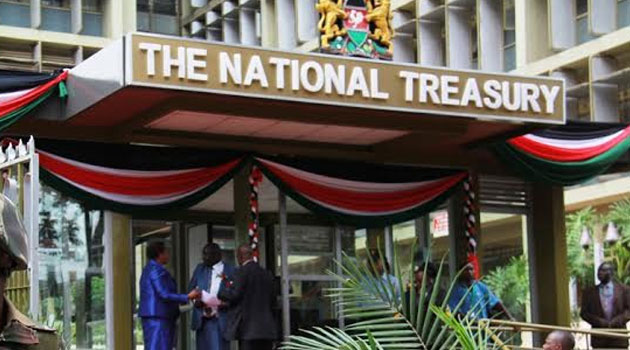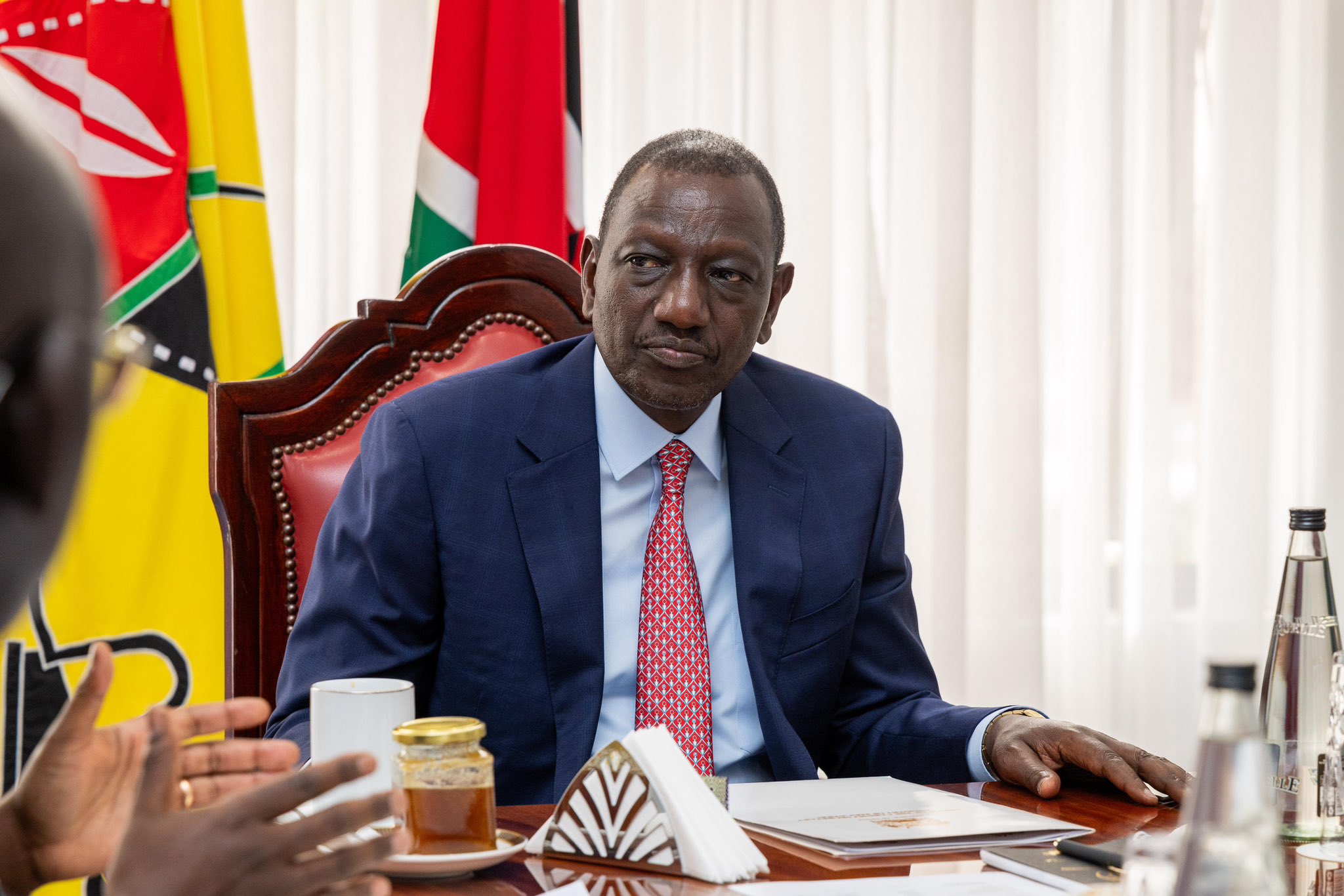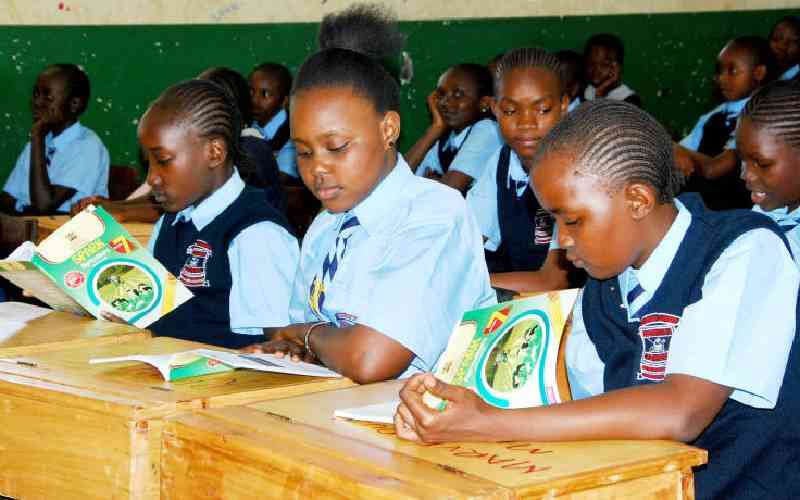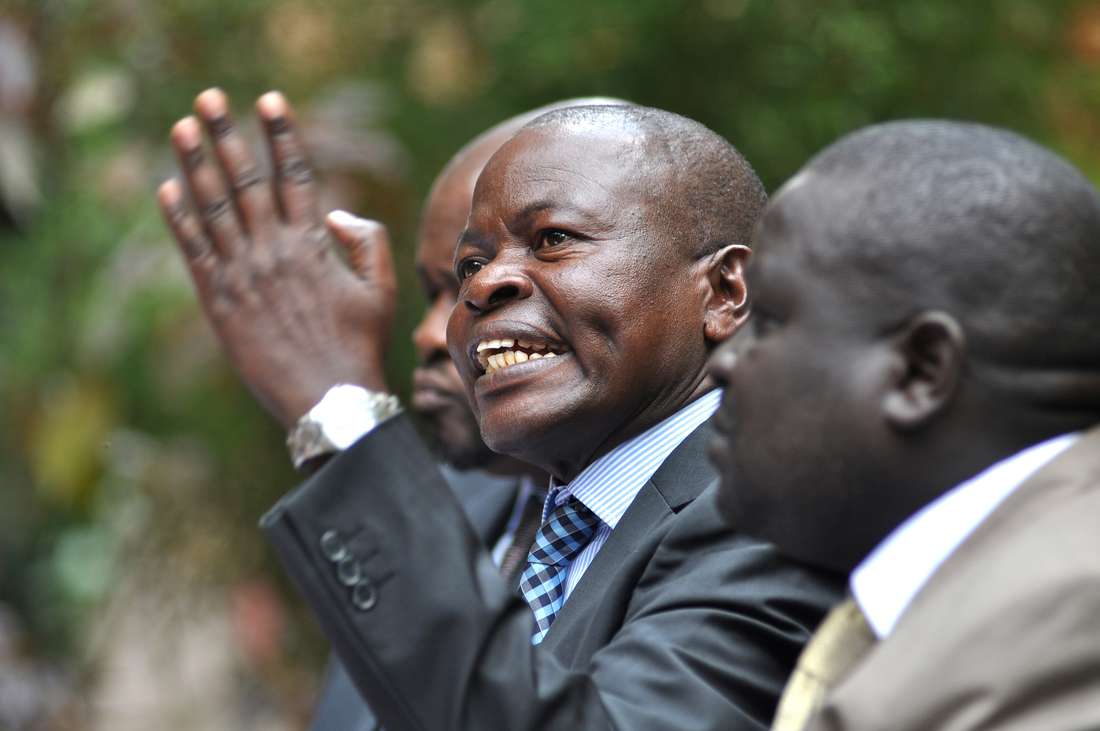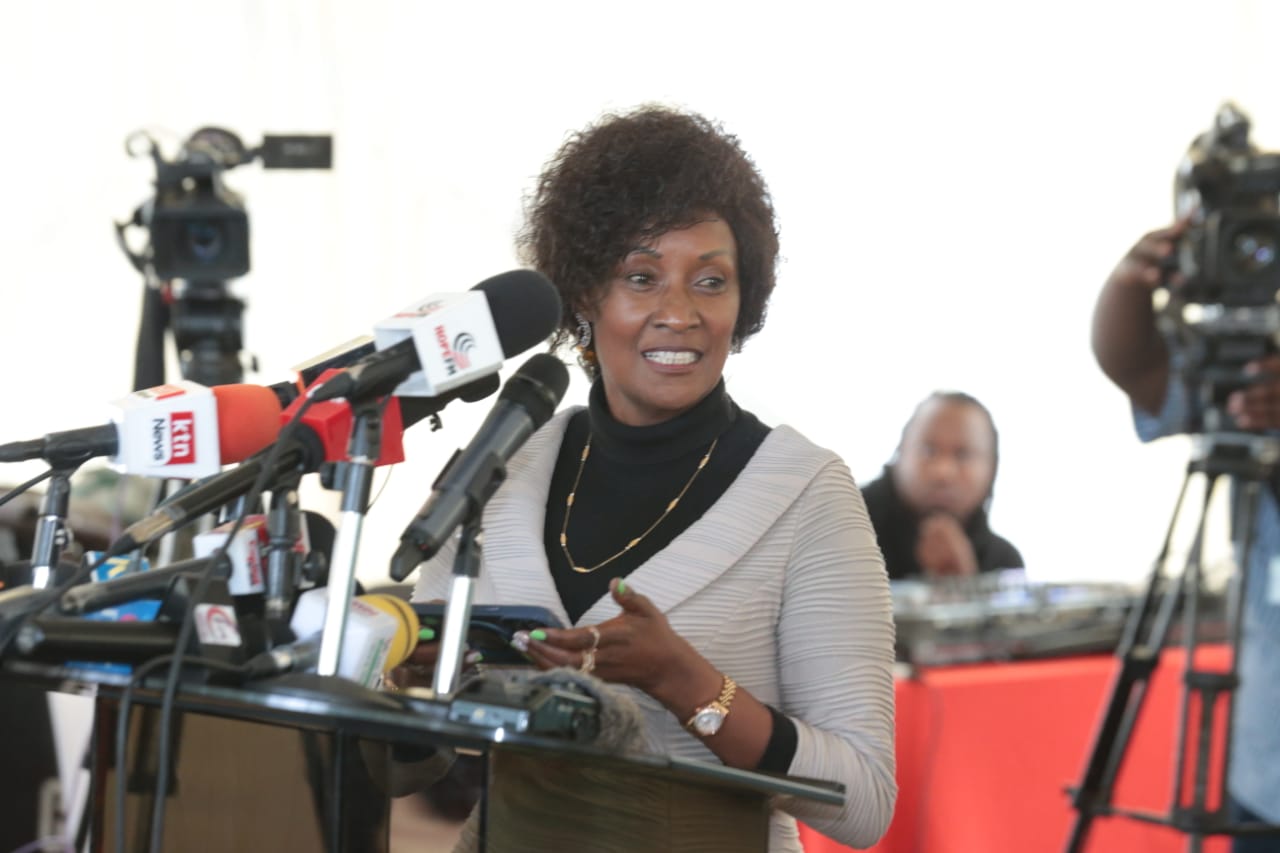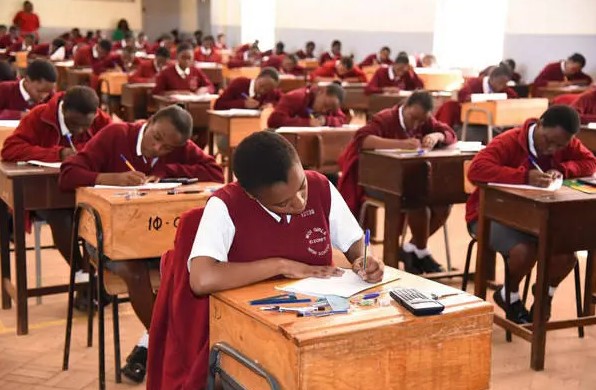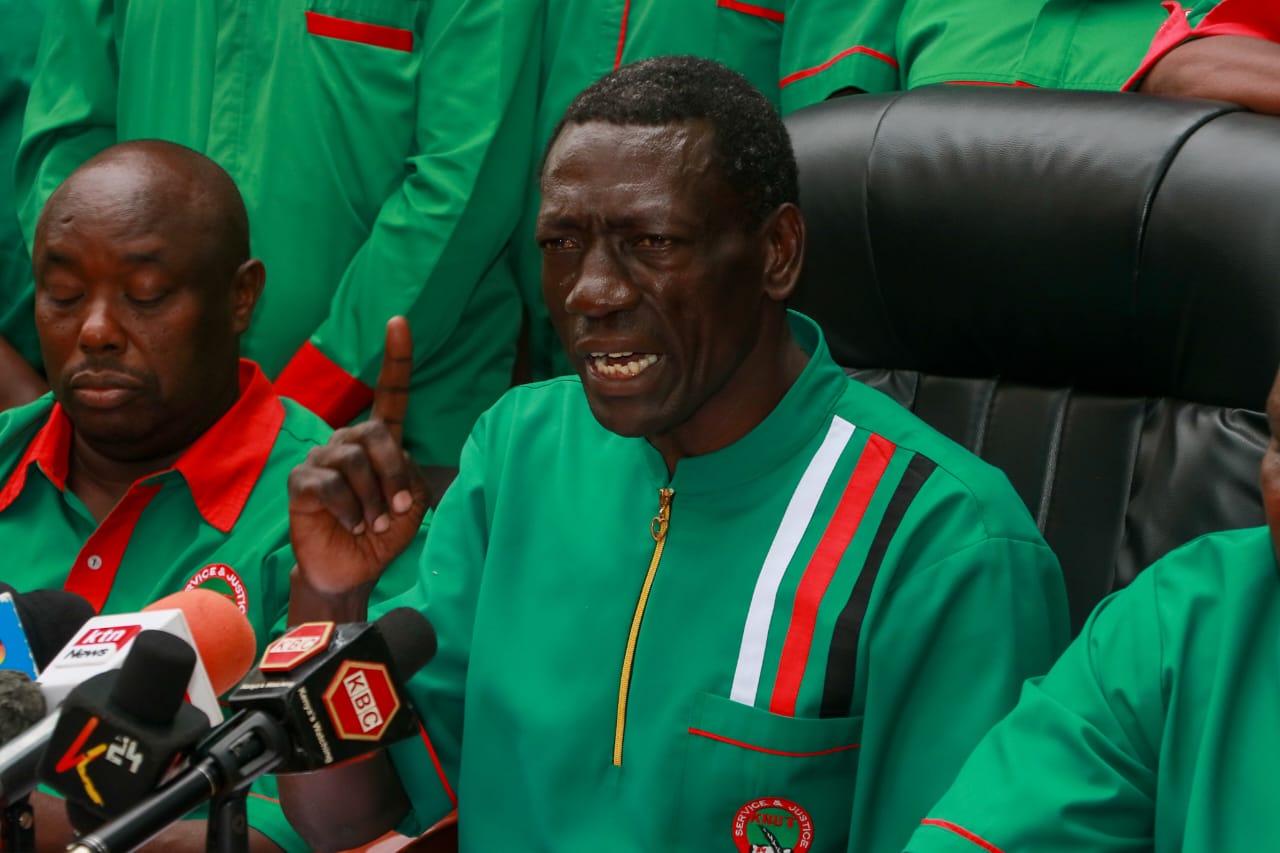Teachers union in fresh push to move JSS to secondary schools

By Amina Wako |
Kuppet warned primary schools are struggling to support Junior Secondary School due to poor resources and any upgrade on the facilities will affect the current cohort as they miss out on quality education.
A teachers union has called for the relocation of Junior Secondary Schools from Primary institutions to existing secondary schools.
The Kenya Union of Post-Primary Education Teachers (Kuppet) has made a pressing appeal for the relocation of Junior Secondary School (JSS) from primary institutions to existing secondary schools.
Keep reading
Omboko Milemba, the Kuppet chairman, said on Wednesday that Primary schools are struggling to support JSS due to poor resources and any upgrade on the facilities will affect the current cohort as they miss out on quality education.
On the other hand, he argues that the current secondary schools have adequate resources to host the Junior School learners.
“With the second JSS class of Grade 8 joining in 2024, the teachers will be even more stretched. The learners are losing out on vital practical knowledge across the spectrum and most disastrously in the sciences for which primary schools are grossly deficient of infrastructure,” Milemba said.
Milemba now wants the government to convene an urgent meeting involving key stakeholders in education to address the escalating crisis in JSS within December, underscoring the critical need for immediate resolution.
He further revealed that the union has written to President William Ruto and the Cabinet Secretary for Education Ezekiel Machogu seeking the relocation of Junior Schools to the current secondary schools by January as schools reopen.
In December 2022, the President announced that junior schools would be domiciled in the existing primary schools.
Reforms' recommendations
The decision was informed by the preliminary recommendations of the Presidential Working Party on Education Reforms led by Prof. Geoffrey Munavu.
The team further recommended the hiring of extra teachers and the upgrade of primary schools that would see the construction of laboratories and extra classes.
The team also proposed that the government put in an intervention that would see secondary schools share their resources with junior schools that are in close proximity.
However, one year on, the union warns that the primary schools have been far overstretched and come January the institutions will have a hard time supporting an extra class in Junior School.
The pioneer CBC class will be heading to Grade 8 in January while those currently in Grade six will be joining junior school at Grade 7.
Teachers shortage
However, the union questions how the government intends to see through the rollout of a new JSS class successfully coupled with the inadequate number of teachers handling the current cohort and facilities to support practical lessons.
In their estimation, Kuppet indicates there is an immediate need for 84,000 teachers to handle the new JSS class ahead of the January rollout.
“The current staffing in JSS will be too inefficient to offer meaningful education in the institutions, moreover, primary schools where JSS is domiciled lack the critical infrastructure including laboratories, libraries and facilities for extracurricular activities,” Milemba said.
In December 2022, the Teachers Service Commission said it had begun the hiring of 35,550 teachers.
Out of this 10,000 teachers were employed on permanent pensionable terms while 25,550 were intern teachers.
Some 9,000 of the slots are for permanent secondary school teachers and 1,000 for primary school teachers while 21,550 slots are for intern teachers for Junior Secondary Schools.
Although the union lauds the efforts by the government to employ an all-time record number of teachers, they note this only translates to one teacher per school.
This, Milemba said, has forced some Junior School teachers to handle more subjects than they have not been trained on.
In other instances, Kuppet notes, teachers assigned to the Primary school section are asked to handle some lessons in Junior School.
“So far, the government has posted only one JSS teacher per school or stream. This one teacher – who is trained in only two subjects – is forced to teach all the 14 subjects in the JSS curriculum,” Milemba noted.
He argues that migrating from Junior School to secondary school will not only be the sensible thing to do but will also supplement the struggling resources currently unavailable in primary schools.
This, Milemba says, will include skilled teachers to handle technical subjects in Junior Schools, laboratories and libraries that are currently available in secondary schools.
“It is not too late for the government to domicile JSS in secondary schools, which are better prepared to handle this cohort of learners… It will also ease the burden of constructing new laboratories, classes and other facilities in primary school,” Milemba said.
However, should Junior Schools remain in primary schools, the union warns of the imminent failure of a Competency-Based Curriculum occasioned by poor service delivery, lack of facilities, disgruntled teachers and a huge cost implication that would come with the upgrade of resources in primary schools.
To facilitate the movement of Junior Schools to the existing secondary schools, Kuppet suggests the introduction of day wings in boarding secondary schools.
Reader comments
Follow Us and Stay Connected!
We'd love for you to join our community and stay updated with our latest stories and updates. Follow us on our social media channels and be part of the conversation!
Let's stay connected and keep the dialogue going!


